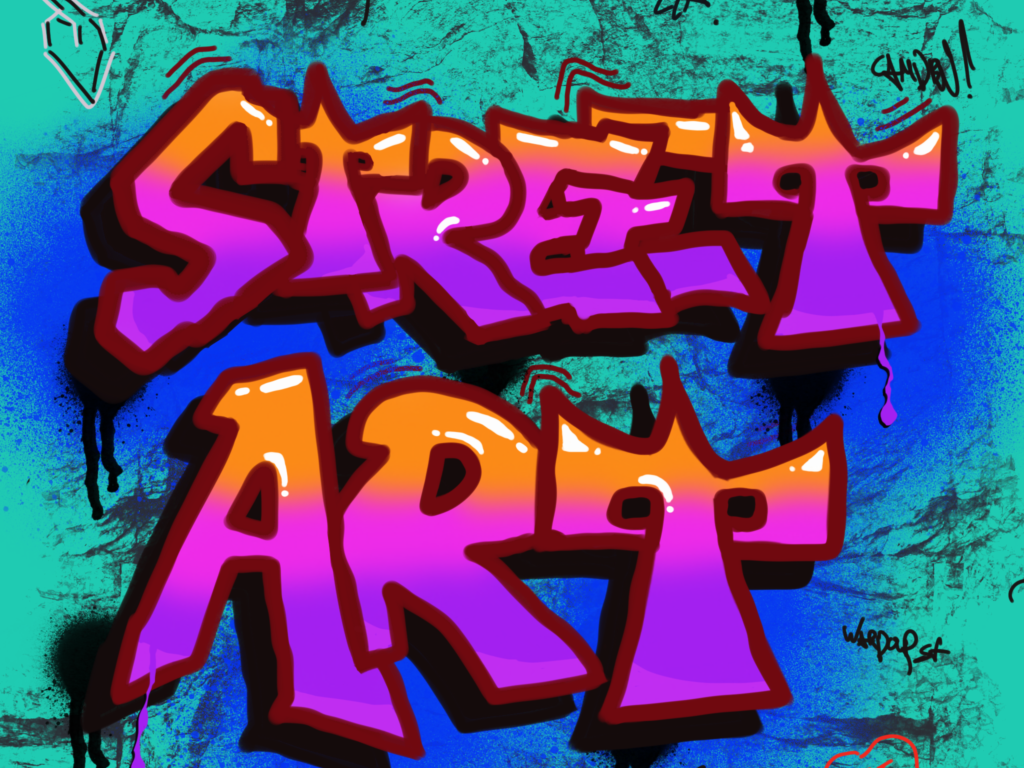
Art Advertising
The Legal Side of Street Art: Camden Town Edition
While street art is often misunderstood as free to use, it is protected by IP requiring careful consideration before commercialisation or reproduction.
READ TIME:
2 mins

Growing up in North London in the 90s (and refusing to leave which has become the running joke), Camden Town was our recreational ground.
The Jazz Cafe, Koko, Proud Galleries, to name a view. The long wait for the N5 night bus home.
Like most places in London it has become gentrified.
Or perhaps that's the nostalgia of a bygone, responsibility free age.
However, there is no doubt great cultural diversity remains. And street art is one of these many cultures.
The High St with its infamous murals of music icons and sculptures and facades of punk and mod fashion. That Dr. Martens boot.
Street Art is often Misunderstood
We've always had a focus on unconventional media at Sheridans. Which has suited me. And street artists are no exception.
Back in the day, we even hosted an exhibition for a little known street artist whose identity shall not be known...
So it has always baffled me that there is this presumption, particularly in the ad/media world, that the use of street art is free game. It's not.
When it comes to street art - remember this:
Copyright
If it's original, it's protected by copyright as an artistic work. The size or skill level is irrelevant.
Copyright is automatic but some pioneers in this game have gone as far to add copyright notices. No need to prove you own it.
Moral Rights
Copyright owners have moral rights in respect of their work.
These rights allow them to be identified as authors and object to derogatory treatment of their work. Where did that wall go!
Trade Marks
Well known artists use trademarks to protect parallel business lines e.g. merch, fashion etc.
Trade marks protect recognisable marks, logos, designs that can exclusively identify the source of the work.
Incidental Use
There is a defence to copyright infringement known as 'incidental use' under the fair dealing exemption.
If you take a photo and the art is discreetly in background it might qualify.
However, this must be in good faith. So if you're commercialising or profiting from a photo or multi media that prominently features street art (usually a backdrop) without permission - you're likely on the wrong side of the law.
Trespassing
The law does not deny copyright if the work was made illegally.
However, this does pose tensions between other rights owners such as building owners who might have conflicting interests and rights.
That's all.
By Jack Jones
Published November 2024